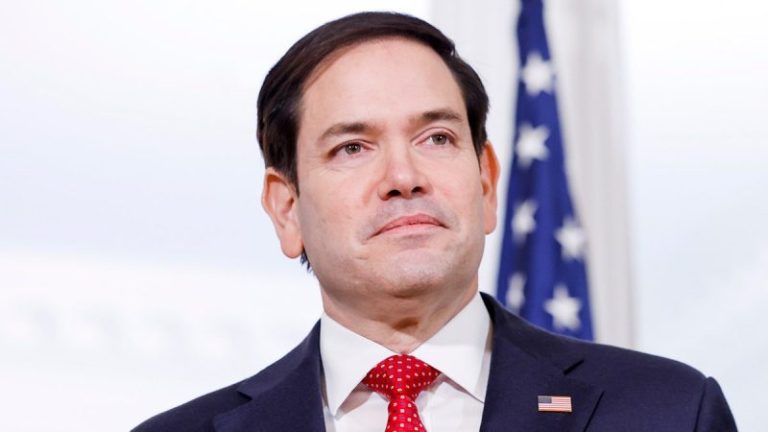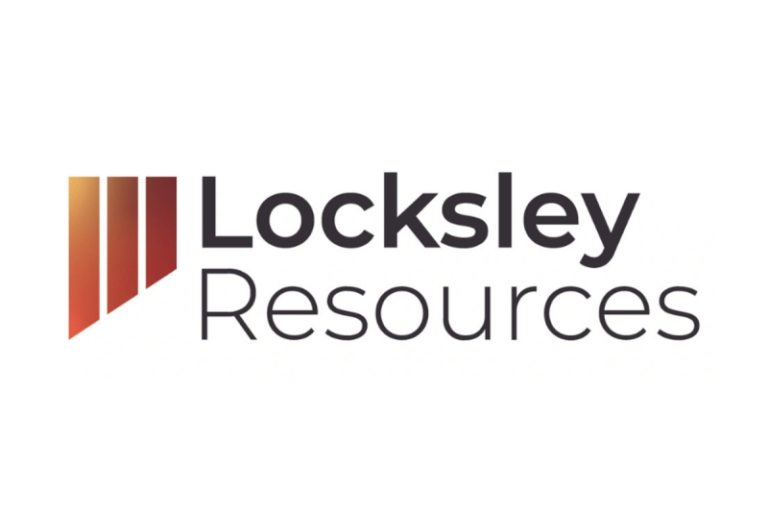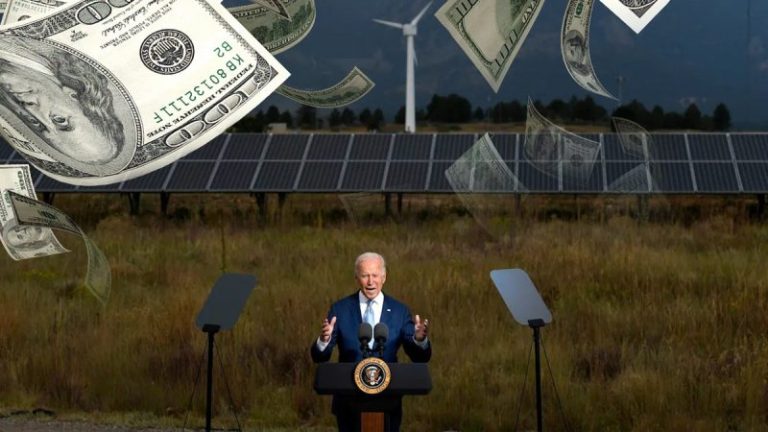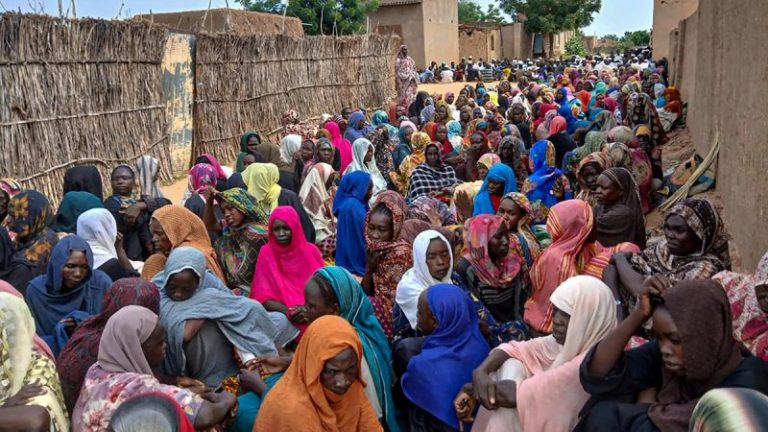Platinum is heading for a third consecutive annual deficit in 2025, with the World Platinum Investment Council (WPIC) projecting an 850,000 ounce shortfall as demand continues to outpace weak mine supply.
In its latest Platinum Quarterly, the WPIC states that despite a 22 percent year-on-year decline in demand, a lack of metal is expected to create a supply shortfall that’s only 13 percent lower than 2024’s 968,000 ounce shortfall.
Its call comes amid a price breakout for platinum, which pushed past US$1,450 per ounce in July.
Why is the platinum market in deficit?
The biggest challenge for platinum has been weak refined production, which slipped to 1.45 million ounces during the quarter from 1.54 million ounces produced during the same time last year.
This has led the WPIC to predict a 6 percent decrease in primary supply to 5.43 million ounces, down from the 5.76 million ounces produced in 2024. Output declines in top producer South Africa have had outsized effects on supply, as Q1 output came in at just 713,000 ounces, as heavy rainfalls negatively impacted production.
Although output grew to 1.05 million ounces in the second quarter, it was still 8 percent lower than in Q2 2024.
Additional decreases to output are also expected in Zimbabwe and North America, slipping 4 percent and 26 percent, respectively. However, Russia is set to see a 1 percent rise in output, increasing to 686,000 ounces from 677,000 in 2024.
On a more positive note, recycling supply saw an increase to 423,000 ounces during Q2 from 379,000 reported in 2024. This has led the WPIC to predict a 6 percent annual increase to 1.6 million ounces from 1.52 million last year.
The majority of this increase comes from growth in automotive recycling, aided by higher platinum group basket prices. However, the WPIC notes that despite the growth, recycling will remain depressed compared to historic levels.
The WPIC predicts an overall supply decrease of 3 percent in 2025 to 7.03 million ounces, from 7.28 million ounces in 2024. With three years of deficits, the group is also expecting further drawdowns of above-ground stocks with a 22 percent decrease to 2.98 million ounces, representing four and a half months of demand coverage.
In recent years, stockpiles have fallen from 5.51 million ounces in 2022 to 4.8 million ounces in 2023 and 3.83 million ounces in 2024.
“I don’t think we’re going to see any meaningful mine supply response at these levels. It’s also worth bearing in mind that these are, for the most part, deep-level underground mines. So even if we had another 50 percent increase in the basket price, you’re still not going to see a supply response over the near to medium term,” he said.
Watch Sterck discuss the platinum market.
He went on to explain that development times for mining operations will take several years and wouldn’t be possible on time frames shorter than 18 months.
“Recycling is definitely much more price elastic than mine supply over the near to medium term,” Sterck said.
However, he added that while people tend to scrap vehicles at a consistent rate, the pace and overall supply entering the market from the auto sector is constrained.
“Yes, we’ve seen quite a big increase in the platinum price year to date, but it’s not the main driver of the economics for those scrap aggregators and recyclers. It’s really more of a palladium story, even more so than rhodium. So, you need a sustained increase in palladium prices to drive a meaningful change there,” Sterck said.
Demand to weaken in 2025, jewelry a bright spot
Despite the expected deficit, the WPIC expects demand to weaken this year.
Q2 saw automotive demand fall to 769,000 ounces, down from 788,000 ounces in the year-ago period.
The WPIC’s expectation is that the auto sector will require 3.03 million ounces of platinum in 2025, a 3 percent decrease from the 3.11 million ounces needed in 2024. Likewise, the council is expecting a decrease in industrial demand for the metal as consumption drops off by 22 percent to 1.9 million, down from 2.42 million ounces last year.
Jewelry demand, however, has been on the rise, with the expectation that it will increase by 11 percent to 2.23 million ounces in 2025. The WPIC suggests the higher growth is owed to its discount relative to gold, and notes that it is seeing the most substantial increase in China — fabrication is seen growing 42 percent in 2025 to 585,000 ounces.
“What’s driving that increase has been fabrication funded by wholesalers, and they’re promoting platinum because they’ve seen a huge drop in their gold jewelry sales,” Sterck explained.
Despite an increase in holdings of bars, coins and exchange-traded funds, overall investment demand was dragged down in Q2 by a 317,000 ounce decrease in stocks held in exchanges due to tariff-related concerns.
Sterck said ongoing uncertainty in the platinum market earlier this year caused physical metal to shift from overseas markets into the US as traders began to worry about tariffs being applied.
Although movement reversed as traders were told tariffs wouldn’t be applied, fears were later stoked when copper tariffs were announced, and an “ideological disconnect” between the White House and South Africa emerged.
“Given that the current US administration has shown that it is willing to use tariffs as a kind of stick, if you like, for enacting foreign policy, you kind of come back to this sort of whole situation where there’s a non-zero chance of platinum being subject to tariffs in the US,” Sterck commented during the conversation.
Overall, the WPIC expects total platinum demand to drop by 4 percent year-on-year in 2025 to 7.88 million ounces.
Will the platinum price rise further in 2025?
Fundamentals should remain the primary driver for platinum. Despite weakening demand through the first half of 2025, a structural deficit in the market still exists due to a lack of supply to close the gap.
However, Sterck suggested the mining supply is likely to increase before the end of the year.
“This year was particularly accentuated by flooding in South Africa during the first quarter of the year, so we do expect a bit of an increase in mining supply,” he said. However, he also noted that until there are more significant changes to the amount of supply, the price conditions aren’t likely to change much.
“Fundamentally, at the moment, it just appears that the platinum price at current levels isn’t sufficient to attract enough metal into the market to really ease those market conditions,” Sterck noted.
Securities Disclosure: I, Dean Belder, hold no direct investment interest in any company mentioned in this article.










